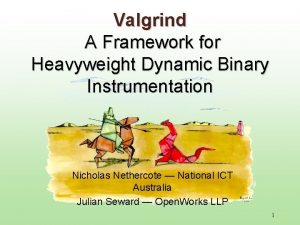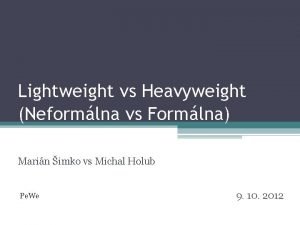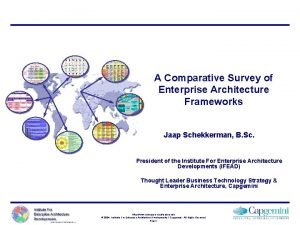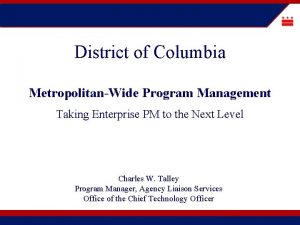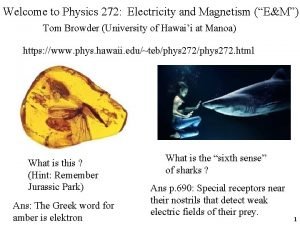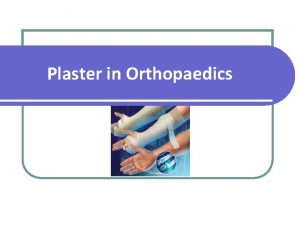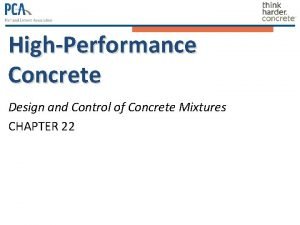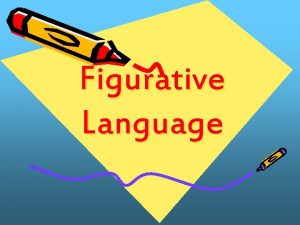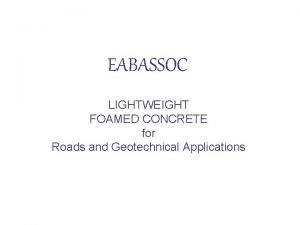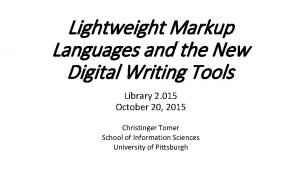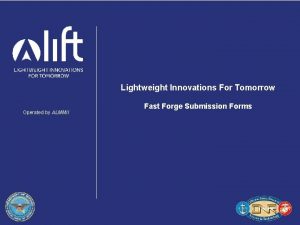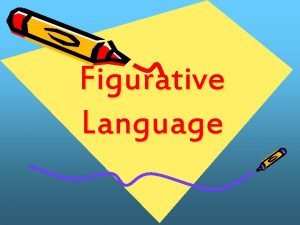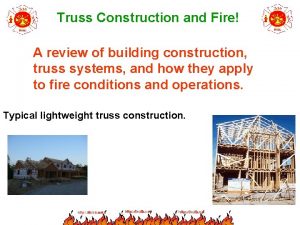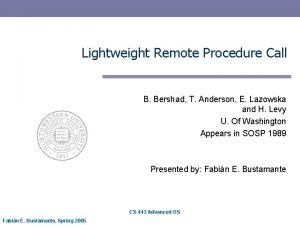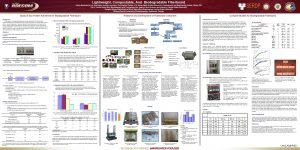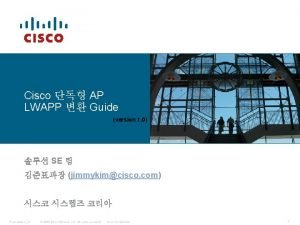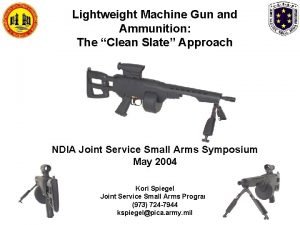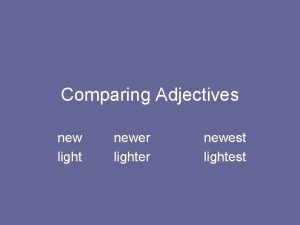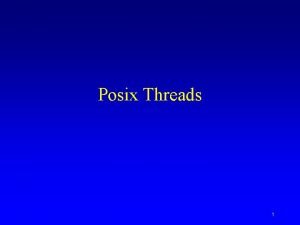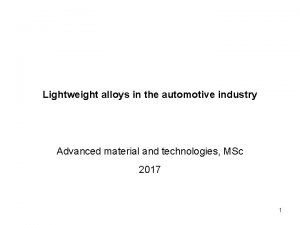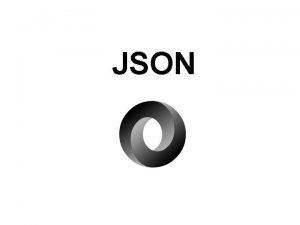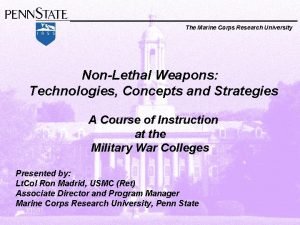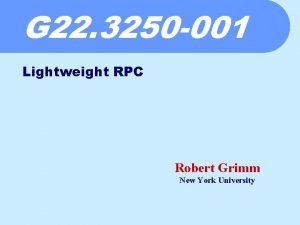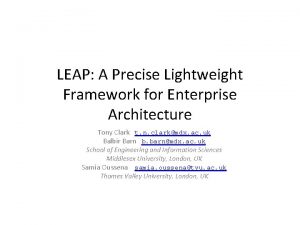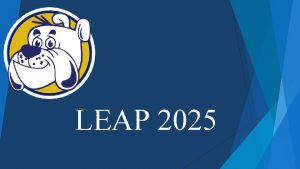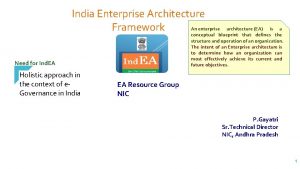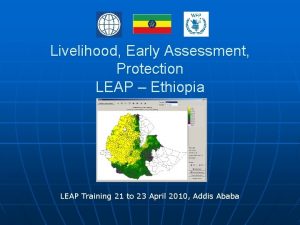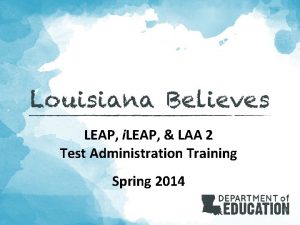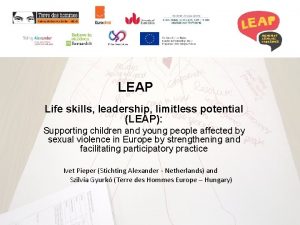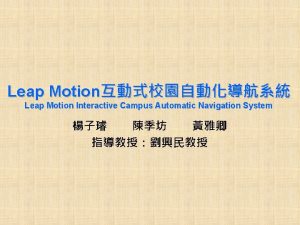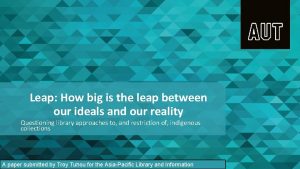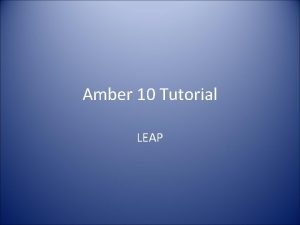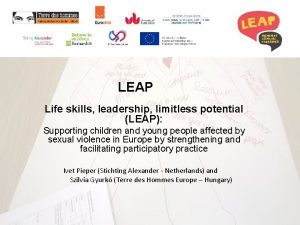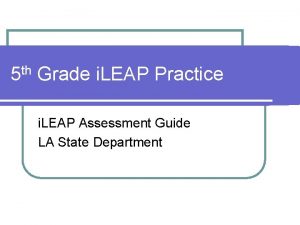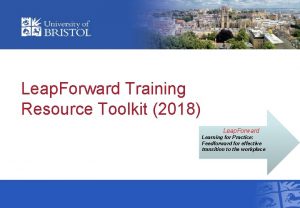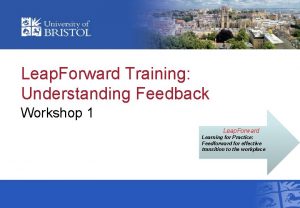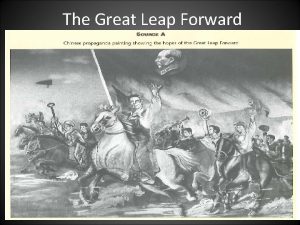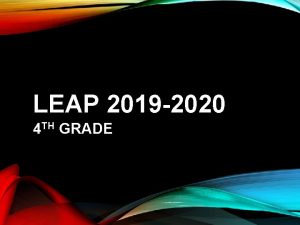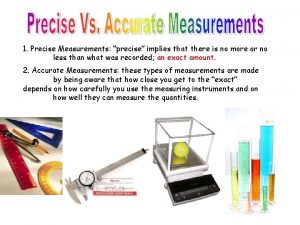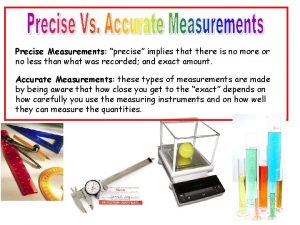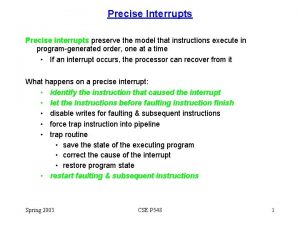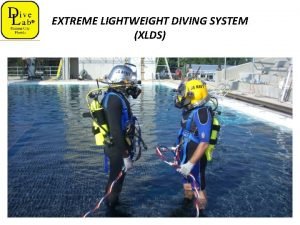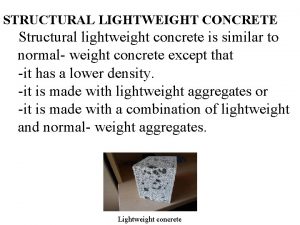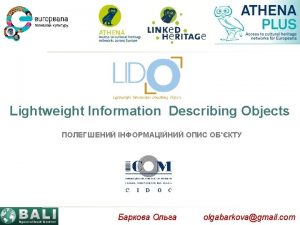LEAP A Precise Lightweight Framework for Enterprise Architecture



























- Slides: 27

LEAP: A Precise Lightweight Framework for Enterprise Architecture Tony Clark t. n. clark@mdx. ac. uk Balbir Barn b. barn@mdx. ac. uk School of Engineering and Information Sciences Middlesex University, London, UK Samia Oussena samia. oussena@tvu. ac. uk Thames Valley University, London, UK

Overview • Enterprise Architecture (EA) – What is EA for? – Technologies for EA – Problems and Proposal • • Language Driven Modelling LEAP: A Language for EA A Simple Case Study Future Work

Enterprise Architecture • Enterprise Architecture (EA) aims to capture the essentials of a business, its IT and its evolution, and to support analysis of this information: the what, why and how of a business. • EA uses: business change management; quality measurement; acquisition and mergers; compliance. • Focus: strategic alignment and business change management.

EA: Modelling Technologies • TOGAF; MODAF; BMM; UML profiles. • Focus: Archi. Mate 3 -layer modelling: Wilco Engelsman, Dick Quartela, Henk Jonkers, and Marten van Sinderen. Extending enterprise architecture modelling with business goals and requirements, 2010

Archi. Mate Concepts Maria-Eugenia Iacob, Henk Jonkers, and Martijn Wiering. Towards a uml profile for the archimate language, 2004.

EA: Business Motivation Archi. Mate with extension for motivation: Wilco Engelsman, Dick Quartela, Henk Jonkers, and Marten van Sinderen. Extending enterprise architecture modelling with business goals and requirements, 2010

Extension is Weakly Defined • Business goals are free-format text. • Claim: conflict detection: Wilco Engelsman, Dick Quartela, Henk Jonkers, and Marten van Sinderen. Extending enterprise architecture modelling with business goals and requirements, 2010

Problems and Contribution Problems with Archi. Mate: • Overlapping Concepts • Lack of precision (no semantics). • No complex events (part of future work). • Weak relationships between layers. Problems with proposed extension for business motivation: • Free format text (cf BMM) how can consistency be assured? Contribution: • A language driven approach to EA technology that achieves: – Orthogonal concepts. – Semantics. – Strong refinement relationships. • Use of OCL for business motivation: – Precision. – Can establish consistency.

LEAP: Layers

LEAP: Business Change

Language Driven Modelling

LEAP Abstract Syntax: Layers

LEAP Abstract Syntax: Refinement

LEAP Semantics: Refinement context Refinement inv: from. components = cmaps. from and from. components. operations = omaps. operations and refinements. from = from. components refine<layer>(<high-level>, <lower-level>) components: <cmap constraints> refine <layer>(<high-level>, <lower-level>) operations: <omap constraints>

LEAP Semantics: Layers

Case Study A University decides to implement a lap-top loan scheme to become more attractive to prospective students. Questions: • Are rooms fit for purpose? • How many lap-tops should there be? • What new IT systems are required. • Do existing IT systems need to be modified? • What business processes are required? • Can all business goals be satisfied?

As-Is Business refine Application

As-Is Goals context university_as_is(business) inv: students. studies->subset(modules) and schedule->fora. All(s | rooms->includes(s. room) and modules->includes(s. module))

As-Is Operations context university_as_is(business): : register(s: Student, m: Module) post: students->includes(s) and modules->includes(m) and student. modules->includes(m)

As-Is(Application) Operations context university_as_is(application) : : register. Student(s: Student)= registry. register. Student(s) : : register. Module(m: Module)= registry. register. Module(m) : : allocate. Student(s: Student, m: Module)= registry. allocate. Student(s, m) context university_as_is(application): : registry : : register. Student(s: Student)) post: students->includes(s) : : register. Module(m: Module) post: modules->includes(m) : : allocate. Student(s: Student, m: Module) post: s. modules->includes(m)

Refinement Constraint(1) refine university_as_is(business, application) components: from. students = to. registry. students and from. modules = to. registry. modules and from. rooms = to. resources. rooms and from. modules = to. resources. modules and from. schedule = to. resources. schedule and from. funds = to. funds

Refinement Constraint(2) refine university_as_is(business, application) operations: from. register(s, m) = to. register. Student(s); to. register. Module(m); to. allocate. Student(s, m)

Verification Use of OCL and a language driven modelling approach to LEAP allows precise verification of the claim for refinement: • All correct (as-is or to-be) application-layer traces map onto correct business-layer traces. • All business-layer traces are covered by the application layer.

To-Be Business refine Application

Business Change as Pre- and Post. Conditions • The As-Is model constitutes a pre-condition. • The To-Be model and the mapping between the As-Is and the To-Be constitute a postcondition. • The traces semantics and use of OCL allow the business change to be validated under different scenarios.

LEAP: Precise Business Goals context university_to_be(business) inv: funds > 0 and laptops->size = max. Students()->size context university_to_be(business) inv: funds = students->size * tuition_fees laptops->size * laptop_cost • Do any semantic traces lead to a violation? • If so goals are inconsistent.

Conclusion and Further Work LEAP: • Language Driven Approach to EA. • Simple, orthogonal concepts. • Refinement between layers. • Semantics + OCL supports precise analysis. Next Steps: • Goal Modelling (BMM) • Complex Events. • Business Processes. • Larger case studies.
 Binary instrumentation
Binary instrumentation Lightweight vs heavyweight framework
Lightweight vs heavyweight framework Extended enterprise architecture framework (e2af)
Extended enterprise architecture framework (e2af) Ifead
Ifead Federal enterprise architecture framework (feaf)
Federal enterprise architecture framework (feaf) Putting the enterprise into the enterprise system
Putting the enterprise into the enterprise system Putting the enterprise into the enterprise system
Putting the enterprise into the enterprise system You have two lightweight metal spheres each hanging
You have two lightweight metal spheres each hanging Honeytoken accounts ata
Honeytoken accounts ata Slab in orthopaedics
Slab in orthopaedics Density of concrete
Density of concrete Two roads diverged in a yellow wood figure of speech
Two roads diverged in a yellow wood figure of speech Lightweight foamed concrete fill
Lightweight foamed concrete fill Lightweight markup
Lightweight markup Lightweight innovations for tomorrow
Lightweight innovations for tomorrow Figurative and literal examples
Figurative and literal examples Roof truss gusset plates
Roof truss gusset plates Lightweight remote procedure call
Lightweight remote procedure call Orsiro
Orsiro Autonomous to lightweight mode upgrade tool
Autonomous to lightweight mode upgrade tool Dartmouth lightweight rowing
Dartmouth lightweight rowing Lightweight
Lightweight Lightweight comparative and superlative
Lightweight comparative and superlative Lightweight thread
Lightweight thread Lightweight alloys
Lightweight alloys Json is a lightweight substitute for xml
Json is a lightweight substitute for xml Vehicle lightweight arresting device
Vehicle lightweight arresting device Lightweight rpc
Lightweight rpc
